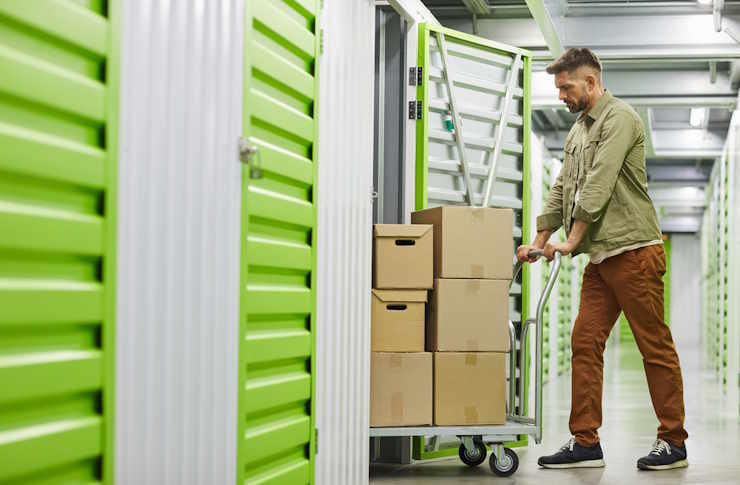Smart Storage Units: Tips for Portable Containers and Moving Boxes
Finding the right storage unit can simplify moves, free up living space, and protect belongings during transitions. Whether you’re downsizing, renovating, or storing seasonal gear, understanding unit sizes, portable options, container choices, and how to pack boxes effectively helps you save time and money. This guide walks through practical considerations for selecting and using storage units so your items stay safe, accessible, and organized.

What size storage unit fits my needs?
Choosing the right storage unit size starts with a realistic inventory. Measure large items — furniture, appliances, mattresses — and note how many boxes you have. Typical unit sizes range from 5x5 (small boxes) to 10x30 (home contents). Think vertically: shelving and efficient stacking can reduce floor space needs. Consider climate control for delicate items and whether you need drive-up access for heavy loads. If unsure, many facilities offer visual size guides or allow a short visit so you can match your belongings to a unit without overpaying.
Are portable storage units a good option?
Portable storage units deliver convenience by bringing the container to your driveway, letting you pack at your own pace. These units work well for staged moves, renovations, or when you need temporary on-site storage. Evaluate delivery windows, lock policies, and whether the provider moves the container to secure storage afterward. Check local services for permits or HOA rules about leaving a unit on the street. Portable units are typically placed on pavement; ask about stabilizing methods to protect your floors or driveway and confirm weight limits for heavy items.
How do container storage options compare?
Shipping containers and modular containers offer durable, weather-resistant storage, often used for long-term or outdoor needs. Standard steel containers are rugged but may lack climate control unless modified. Container storage vs traditional indoor units: outdoor containers can be more cost-effective for bulky goods, while indoor units typically offer better humidity control and security. If choosing a container, look for corrosion-resistant finishes, proper ventilation, and lockbox compatibility. For residential use, consider transportation logistics and any local restrictions before committing to an on-site container.
How to streamline moving into a storage unit
Plan the layout before you load: create a pathway to the back so frequently needed items remain accessible. Place large, heavy items on the bottom and against walls; leave a service aisle that lets you retrieve boxes without unloading the whole unit. Use dollies and moving straps to protect your back and reduce loading time. Record an inventory with photos and a simple map indicating where groups of boxes are stored. Confirm facility hours, gate access policies, and insurance requirements with the storage provider and local services to avoid surprises when you need to access your unit.
How should I pack boxes for safe storage?
Select sturdy, uniform boxes and avoid overfilling them; label sides with contents and room names for easy retrieval. Use wardrobe boxes for hanging clothes and plastic bins for items vulnerable to moisture. Wrap fragile items in packing paper or bubble wrap, and disassemble large furniture when possible. Place items on pallets or shelving to improve airflow and protect from damp floors. For long-term storage, avoid placing fabrics directly on bare wood or concrete and consider silica gel packs for enclosed boxes to reduce humidity. Keep a master inventory list in a waterproof sleeve.
Conclusion
Good storage decisions combine practical planning with clear organization: pick an appropriately sized unit, weigh the pros and cons of portable or container solutions, streamline your moving and loading process, and pack boxes thoughtfully to protect valuables. Accounting for access needs, climate control, and local services will reduce hassle later and help you get the most value from your unit. With a measured approach and a basic inventory system, storage units can be a reliable extension of your living or work space.






